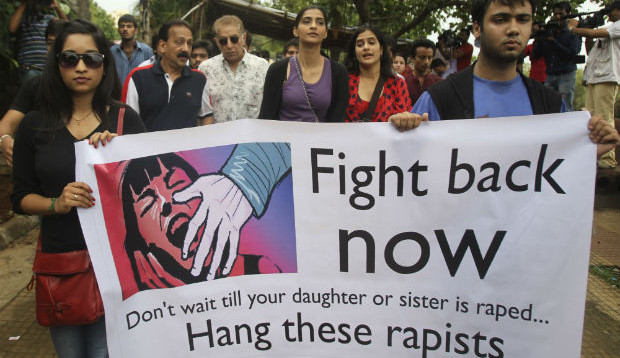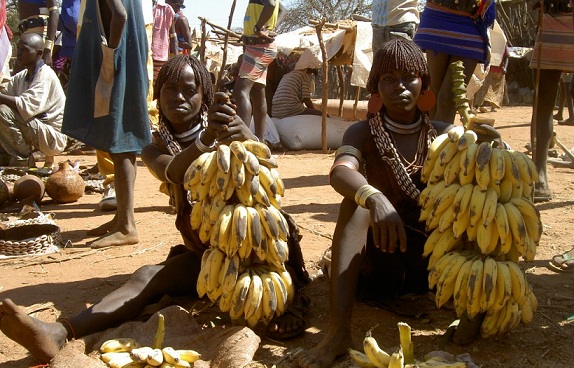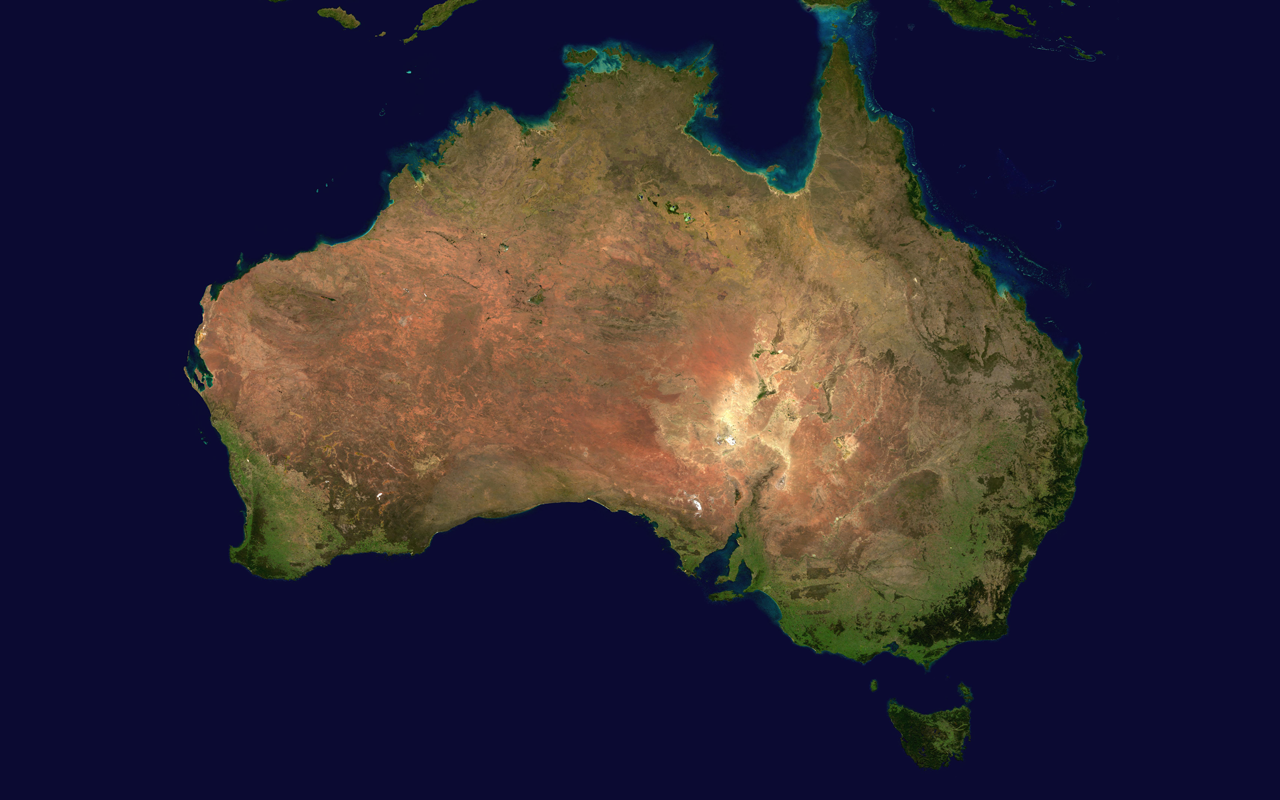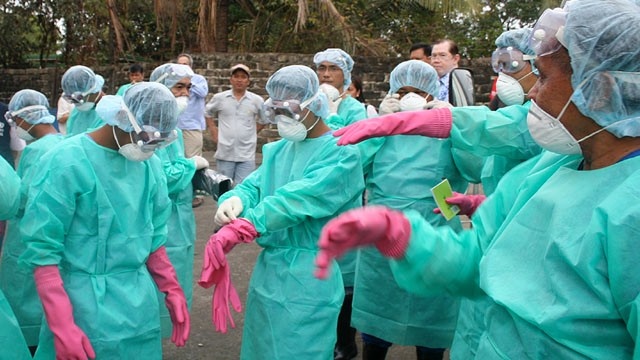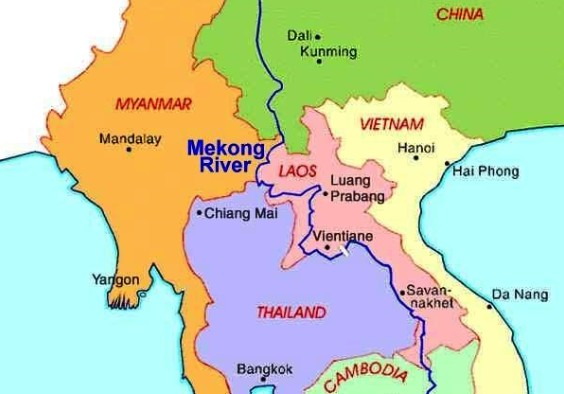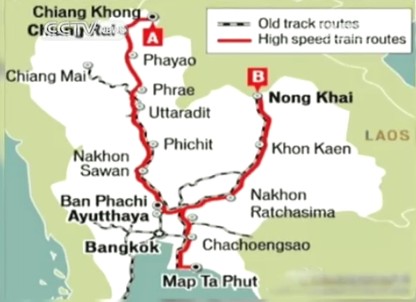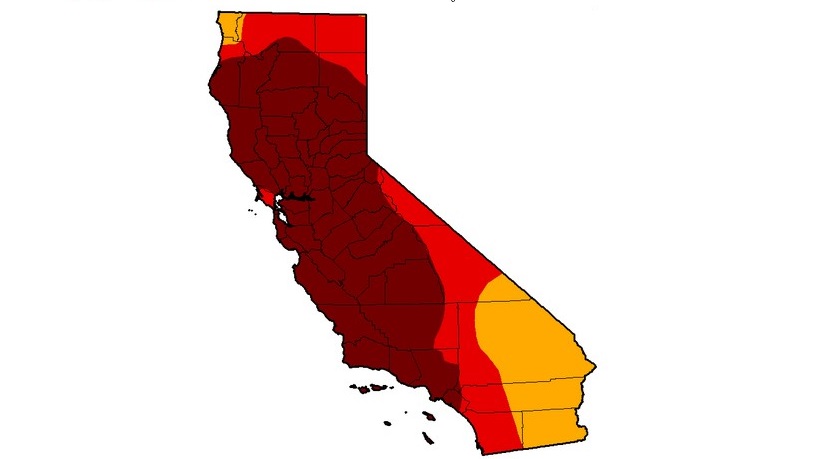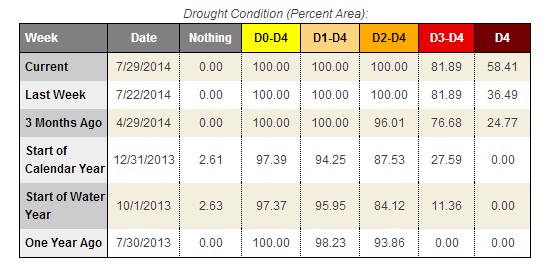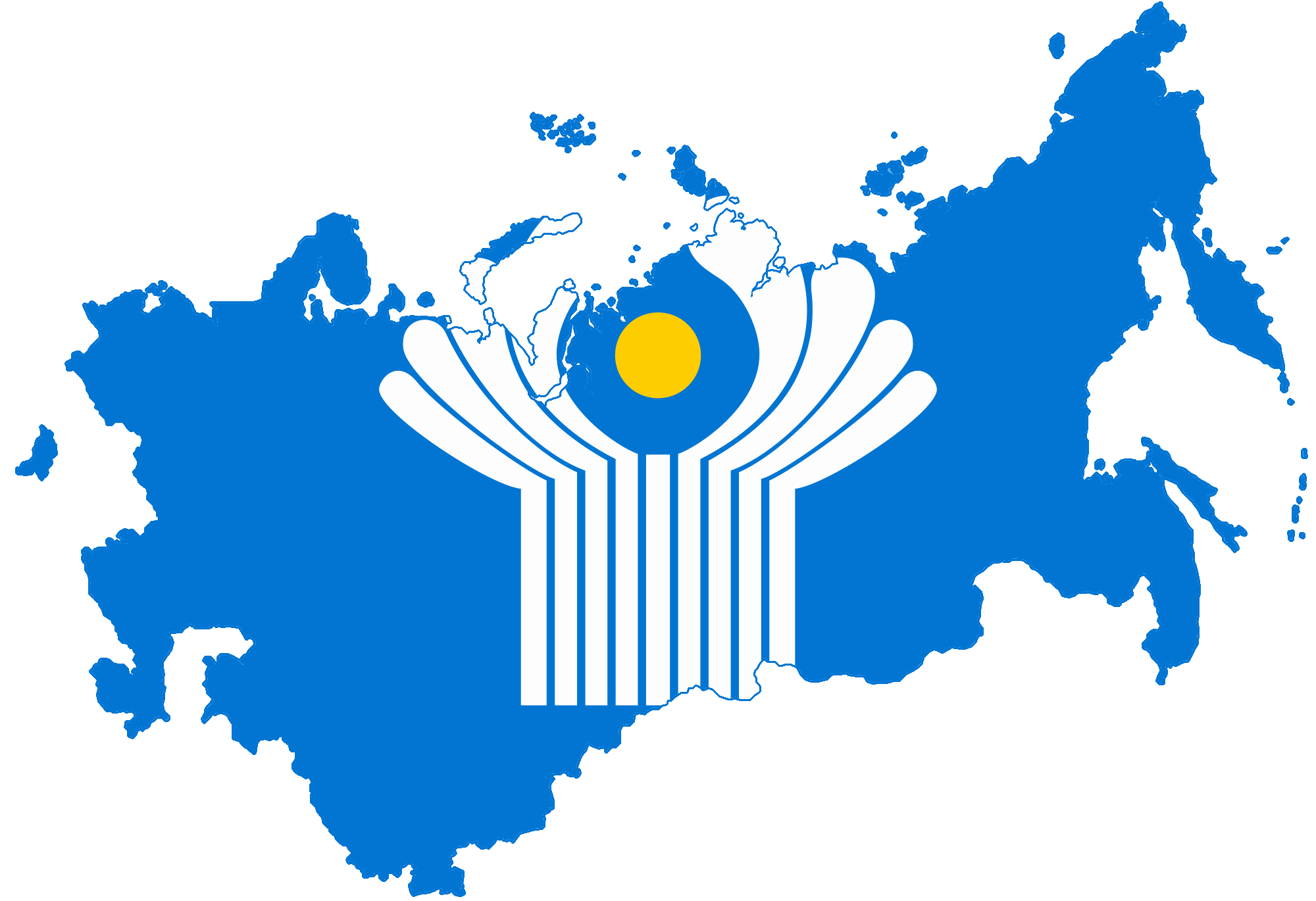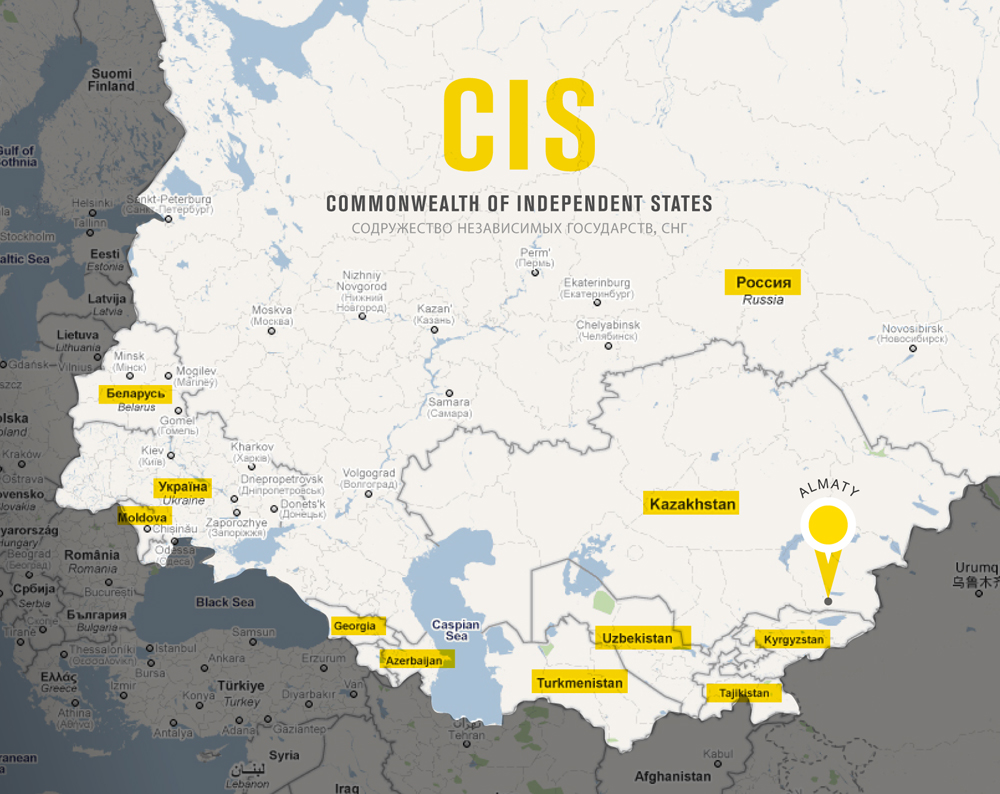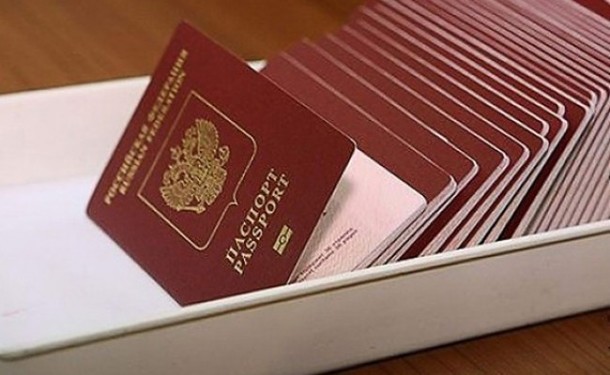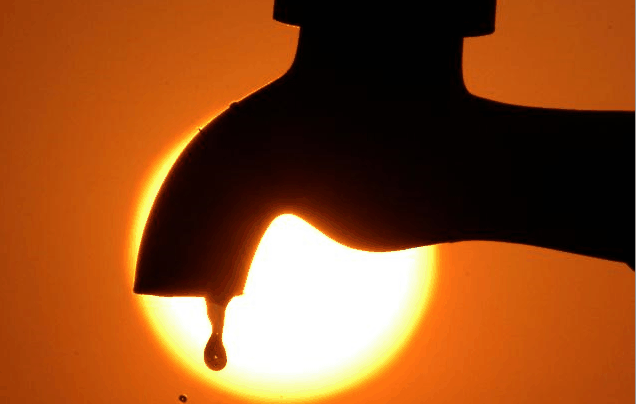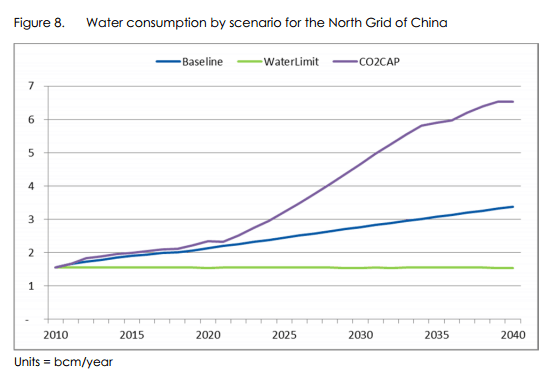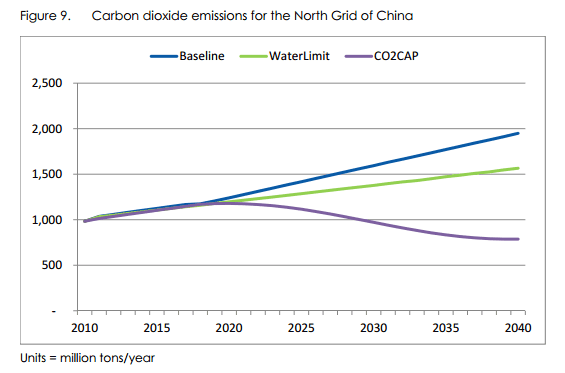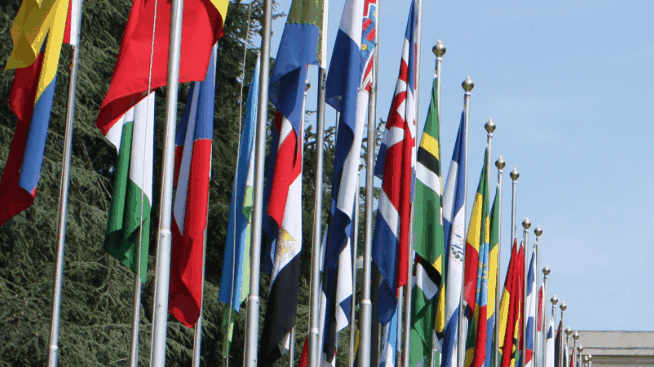The Hindu nationalist party, Shiv Sena, has published claims that rape accusations are being used as political weapons to destroy careers overnight. The comments came in response to recent rape allegations filed against an Indian police officer who is currently under police protection due to death threats.
“After he has served for so many years in the police force, one model now charges DIG [deputy inspector general] Sunil Paraskar with rape and in one night he becomes a villain,” the party stated. “Such accusations have become good weapons to seek personal revenge.
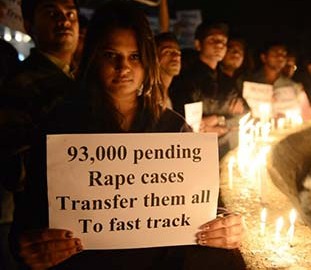 “Cases of charging [prominent] men with molestation and rape in to create hype is on a rise now. It has almost become a fashion,” continued the statement.
“Cases of charging [prominent] men with molestation and rape in to create hype is on a rise now. It has almost become a fashion,” continued the statement.
Paraskar was accused of rape and molestation during a three-month period by a model.
In the wake of a gang rape that lead to the death of a Delhi student two years ago, India toughened its rape and sexual assault laws, which, Shiv Sena claimed, were being abused. The party stated that rape accusations had now become “fashionable.”
Suspicions that the new, tougher laws were being abused have existed for a while, but recently statistical evidence has been found to support the claim.
Since the December 16, 2012, gang rape, the acquittal rate for rape cases has shot up from 46 in the first part of 2013 to 75 percent, and is currently around 70 percent.
“It’s sad but true,” said one of the prosecutors on the Nirbhaya trial, A T Ansari. “Registration of false cases is rampant and hence, the alarming acquittal rate. The new law is being misused because of the widened definition of rape.
“This is an unfortunate trend. In many cases, women come up with the plea that they had registered the case out of anger and due to misunderstanding.”
Another senior prosecutor commented on the matter, “In around 90% of acquittal cases, the victim turns hostile. Mostly, it turns out to be a case of a relationship gone bad. The sex is consensual but the victim claims that the consent was given on account of promise of marriage.”
Other cases involve extortion, property disputes, extra-marital affairs, and recovery of dues.
Senior Advocate Aman Lekhi offered a possible explanation for the trend. “The courts generally don’t use this discretion because they don’t want genuine victims to be wary of approaching courts for justice.”
By James Haleavy
